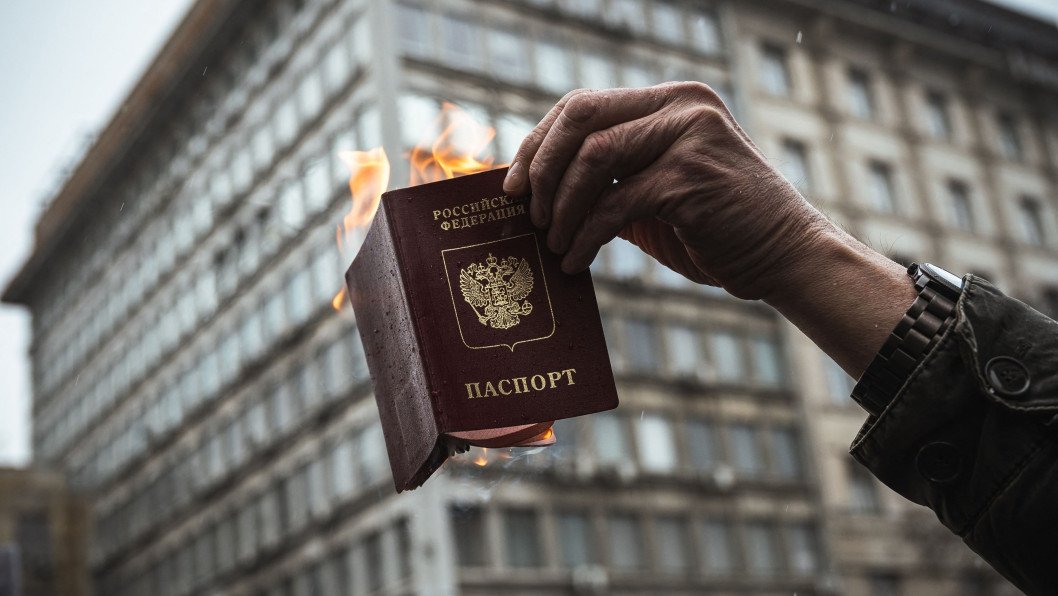- Category
- Latest news
Russia Plans to Resettle 5 Million People in Occupied Ukraine by 2030

Russia has outlined plans to resettle at least 5 million people, likely from Russia, in the territories it occupies in Ukraine by 2030. This ambitious plan was reportedly discussed at the “Integration-2025” forum in Rostov-on-Don in early April 2025.
The aim is to increase the population of Ukraine’s occupied territories—excluding Crimea—to 10 million by the target year, despite current estimates placing the population at under 5 million.
According to Petro Andriushchenko, former advisor to the mayor of Mariupol and head of the Center for the Study of Occupation on April 6, the projected figures appear optimistic given the current demographic reality.
He noted that the population in the occupied regions is far from reaching the desired numbers. Andriushchenko suggested that the additional population would likely be brought in from Russia, pointing out that there are already significant numbers of Central Asian migrant workers helping with reconstruction efforts in these regions.

Russian authorities have been pursuing a policy of Russification in the occupied areas, including the relocation of Ukrainian children to Russian-controlled territories, with some allegedly placed in re-education camps. Additionally, Russia has sought to implement legal measures that compel local residents to adopt Russian citizenship or face deportation.
One of the key points of contention has been the exaggerated claims by Russian-installed officials in Mariupol regarding the city’s population. According to Andriushchenko, the mayor of Mariupol has reported that 329,000 people have “returned” to the city, a number that nearly matches the city’s entire adult population in 2014.
However, Andriushchenko emphasized that these figures are likely inflated, as they do not account for those displaced, those who died during the siege, or those currently in evacuation.
The regions of Donetsk, Luhansk, Zaporizhzhia, and Kherson, which were annexed by Russia in 2022 following controversial referendums, have seen significant changes since the occupation began.
Despite partial control, Russian authorities have allocated funding to rebuild the war-torn areas, with construction projects often relying on migrant labor from Central Asia due to labor shortages in the region.
As part of the broader strategy to integrate these regions, Russian authorities have also been promoting infrastructure projects, including a maritime route between Mariupol, Berdiansk, and Yeysk, though critics have pointed out the lack of progress on these initiatives since they were first announced in 2022.
Earlier, on January 1, 2025, Russia began classifying Ukrainians in occupied territories like Mariupol, Kherson, Donetsk, Luhansk, and Zaporizhzhia as “foreigners” if they refused Russian citizenship. Those who don’t comply lose access to pensions, healthcare, jobs, and other basic rights, while facing restricted stays and higher taxes.
-c6522ae9e5320af1cc92504c0aaa1b34.png)


-72b63a4e0c8c475ad81fe3eed3f63729.jpeg)



-111f0e5095e02c02446ffed57bfb0ab1.jpeg)